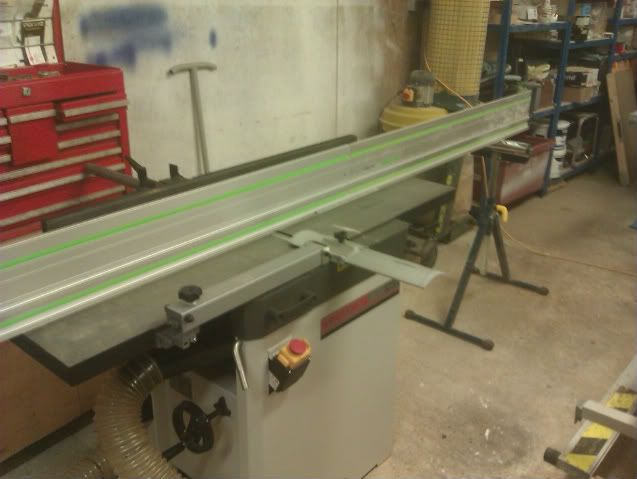Using my 2800mm straight edge yesterday to align the rollers with my planer bed :wink:

Steve

I found this out first hand working in a village in Zaire (as was) over 20 years ago. The majority of people, including those I employed doing maintenance work, were unconcerned if things were straight or square as long as they (sort of) fitted. As a mechanical engineer by training it was very frustrating at times until I read an article that pointed out that from birth, western babies constantly see straight lines and right angles - the suspended ceiling tiles in the delivery room in many cases! However children in rural parts of developing countries saw nothing, naturally, that was either straight or square unless living on the coast where they could see the horizon. Once I realised this it became a little bit less frustrating - but not much!. . . .there are few, if not any, straight edges in nature...bosshogg
Steve

































